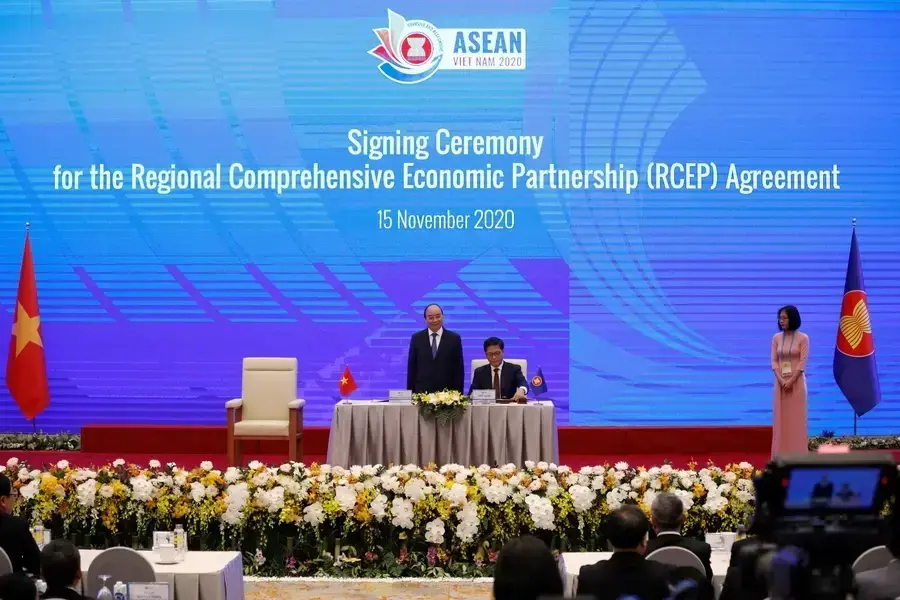Southeast Asia Events to Watch: Part 2

The effects of COVID-19 on Southeast Asia’s health, economies, and political systems will not be the only stories to watch in the region in 2021, although they will surely be among the most important. But the region also will be impacted by shifting geopolitical and trade tensions and the effects of superpower rivalry.
4. U.S.-China Tensions and Their Impact in Southeast Asia
More on:
Although the incoming U.S. presidential administration may shift some aspects of the U.S.-China relationship, it is unlikely to alter the overall trajectory of U.S.-China ties, which continues to evolve into outright competition in many spheres. The Biden administration will, however, probably want to bolster relations with Southeast Asia to create a broader coalition to push back against some of Beijing’s actions. While shifting the nature of the relationship with China, the Trump White House simultaneously alienated several important partners in Southeast Asia, which made it even harder to build any regional bulwark against Beijing.
The new White House likely will make efforts rhetorically to reset ties with Indonesia, Thailand, and other Southeast Asian states, possibly reduce trade tensions with these states in order to reset ties, and try to restore the United States’ role in multilateral trade integration, although this may be impossible to do given the U.S. political environment. It also may bolster the U.S. focus on regional cooperation related to COVID-19 and climate change, two issues of central importance to Southeast Asian states, which are on the frontlines of climate change in particular. And China’s image in the region has indeed suffered significantly during the COVID-19 pandemic, as it has in some other parts of the world, in part due to regional concerns about Beijing’s more nationalistic and belligerent regional diplomacy despite the pandemic.
Yet even with its image suffering, Beijing retains significant pull in Southeast Asia. China will remain the region’s most important trading partner, and its trade relationship will only grow in the coming years; given the shifting nature of U.S. domestic politics, there is little likelihood that in a new administration the United States will participate in Asian trade integration. China’s economy continues to perform well, even as most of the world struggles due to COVID-19, and this economic strength puts Beijing in a powerful position regionally and even in its bilateral trade relationship with the United States. China also likely will provide a significant amount of vaccines to Southeast Asian states, especially poorer countries in mainland Southeast Asia, giving it further leverage.
With other powerful blocs like the European Union recently agreeing to trade or investment deals with China, and with Southeast Asian states (and several other Asian countries) pushing through the Regional Comprehensive Economic Partnership (RCEP), Southeast Asian states will be even harder for a new U.S. administration to convince that they should work with Washington to make any trade demands of Beijing. Indeed, there is little reason to expect most of them to push back against China’s increasingly assertive diplomacy, crackdown on rights at home, or export of its developmental model.
More on:
 Online Store
Online Store
